What Does Electronic Throttle Control Light Mean?
What Is an Electronic Throttle Control System?
Electronic throttle control (ETC) is a popular technology found in most latest automobiles. It electronically connects the throttle to the accelerator pedal. The ETC works behind the scenes; to ensure various systems of your vehicle, such as the gear, are functioning seamlessly.
An ETC system has three major components: an accelerator pedal, a throttle body, and an ETC module.
What Does the Electronic Throttle Control Light Look Like?
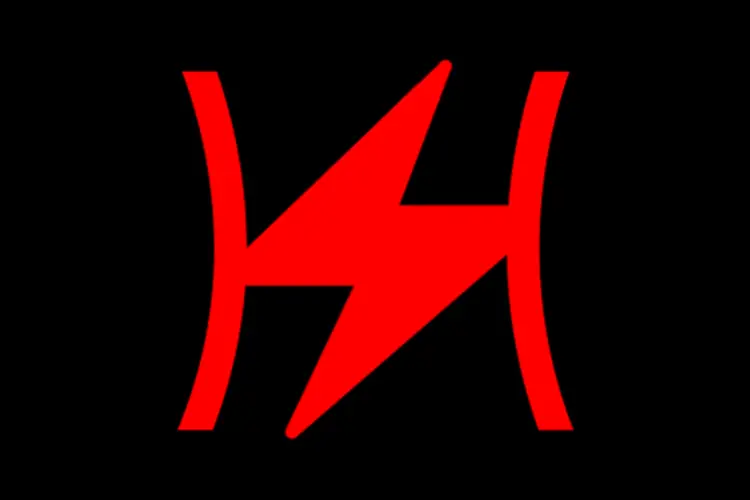
Vehicles do have a specific warning light for the ETC system. It resembles a lightning bolt that has reversed parentheses on both sides. In other vehicles like Ford, the wrench light will come on if the ETC system has a problem.
What Does It Mean When the Electronic Throttle Control Light Comes On?
The electronic throttle control warning light means there’s an issue with your vehicle’s ETC system. The throttle system converts the gas pedal inputs into power, delivered from the engine.
Each time you press the gas pedal, it opens the throttle and sends air and fuel mixture to the engine. So, if the throttle malfunctions, the engine can receive imbalanced air and fuel mixture amounts.
In addition, note that not all vehicles have the throttle control warning light. You can check your specific car’s model user manual to determine whether it has the throttle control light.
If it has, the manual will tell you what it looks like and where it is located. Some of the popular models/brands that have this feature include; the latest models of Jeep, Chrysler, and Dodge.
Is It Safe to Drive with the Electronic Throttle Control Light On?
No, it isn’t safe to drive with the ETC light on. At first, you might experience a slight drop in fuel efficiency or acceleration, but the issue can get worse quickly if you don’t visit a mechanic.
A faulty electronic throttle control will send improper fuel ratios to the engine; this can be rough on the engine and fuel economy. In the long run, it causes damage to the engine, leaving you with a costly repair bill.
Furthermore, the accelerator might have an issue, so you won’t be able to accelerate or stop accelerating, and either situation can be extremely hazardous for you and your passengers.
Why Does the Electronic Throttle Control Light Come On?
The ECM hugely depends on the throttle sensor for information on how much the throttle has opened and then makes the appropriate fuel-to-air ratio adjustment. So, when everything doesn’t happen as the ECM expects, it throws an electronic throttle control light so you can check and resolve the problem.
Solution: Replacing the throttle is the best and most permanent fix for this issue. Nevertheless, in some throttle bodies, you can’t only replace the sensor – you’ll have to change the entire body, and this is quite costly.
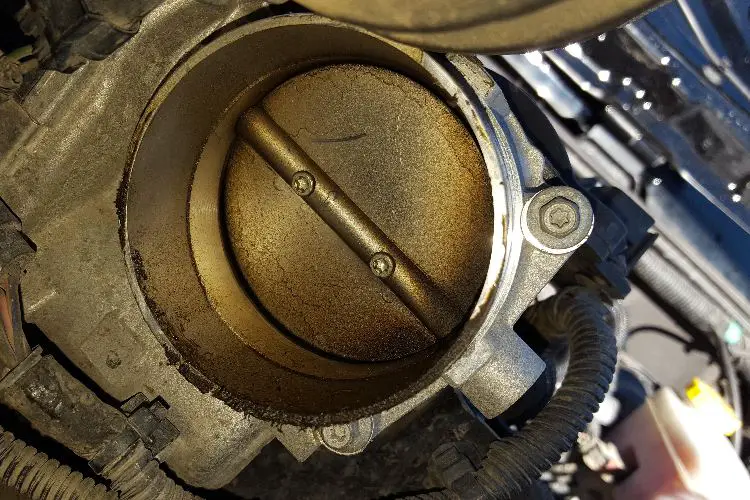
If the throttle body is stuck, you’ll still get the warning light even though the electronic throttle parts are functioning properly. The most common cause of a stuck throttle body is carbon build-up.
Solution: Examine the throttle body and ensure it can close and open. You’ll have to clean it using the recommended carb cleaner if you notice any obstructions. If it fails to work after cleaning, you’ll have to replace the entire throttle body.
In case the ECM fails to get the right reading from the pedal because of a bad sensor, the car won’t accelerate. Once the vehicle’s computer system notices the sensor has an issue, you’ll get the electronic throttle light.
Solutions: You’ll need to replace the sensor to solve this problem. In some cases, it’s possible only to replace the pedal sensor, but on other car models, you’ll have to change the whole accelerator pedal system. Removing the accelerator pedal is challenging so you might need professional help.
How to Reset the Electronic Throttle Control Light with a Diagnostic Scanner

Step 1: Read the trouble codes by using the OBD2 scanner
The OBD2 scanner is the best tool to help you diagnose the exact cause of the throttle control light. The best part is that it’s straightforward to use – connect it to your vehicle’s OBD port, turn the ignition ON, and press the “Read” button. The scanner will tell you the root cause of the problem, be it a faulty throttle sensor or more.
Ensure the scan tool you choose works with your car model/brand and includes a throttle sensor reset feature. You can check this on the scanner’s coverage page. Here are some of the Best OBD2 scanners in the market – they’re affordable, easy to use, and precise.
Here is one of the closest cases I have come across with ETC light. Last week a long-term client brought me her Toyota Mark X 2008 model – its electronic throttle control light was on. I checked the throttle and accelerator system several times but found no issues.
So I plugged in my LAUNCH CRP129E (Don’t miss my comparison on LAUNCH CRP129E and its competitors), giving me the P0121 error code, which means a faulty throttle body. This can be because of dirt, carbon, and filth build-up in the throttle housing leading to problems with airflow.
I thoroughly cleaned the throttle body using a carb cleaner and took a driving test. The ETC light was gone.
Step 2: Fix the problem
After finding the exact cause of the electronic throttle control light using an OBD2 scanner, you can fix it.
However, some parts of the ETC system can be tricky to repair or replace if you don’t know much about them. You can seek help from a professional mechanic.
Additionally, having an OBD2 scan tool will save you from costs such as the diagnosing cost since you already know the exact cause.
Step 3: Clear the trouble codes
You can clear the trouble codes by pressing the “Erase” or “Clear” button, depending on your OBD2 scanner brand/ model.
Once you’ve cleared the error codes, turn off the ignition. You should then power the car and go for a road test (50-100 miles) to see whether the throttle control light will come on. If the light appears, there’s another underlying problem that needs fixing.
Remember that you can only manually reset the throttle sensor in some car models.
Here’s how you can do it.
What’s Next?
The information in this article is all you need to know about the electronic throttle control light. This warning light is essential and shouldn’t trouble you because it helps you know when your ETC system has an issue.
With a scan tool, you’ll be able to easily determine the specific cause of this light and fix it. Check out these Best OBD2 scanners. You’ll surely find one that meets your budget and car needs. Plus, they all come with a manual and are so easy to use.

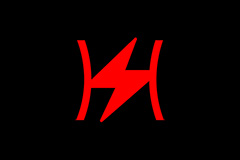

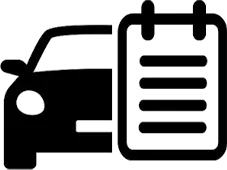
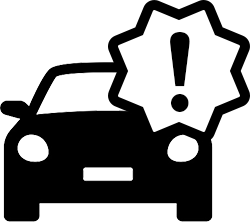
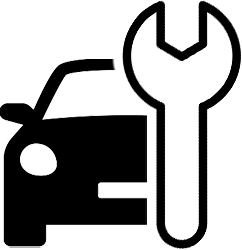

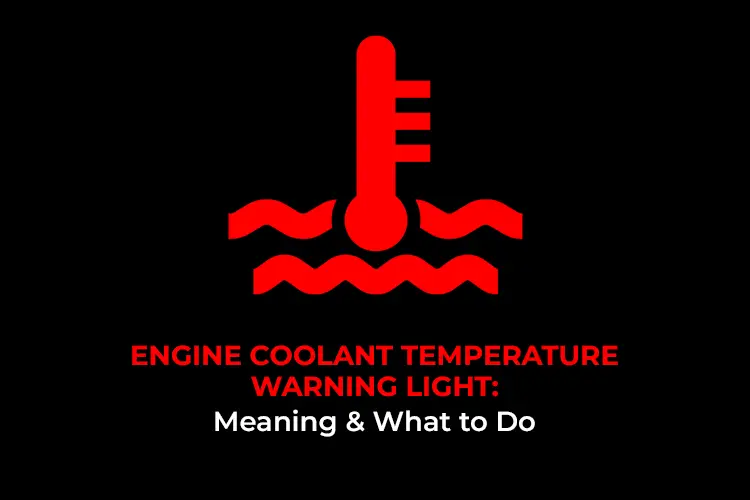
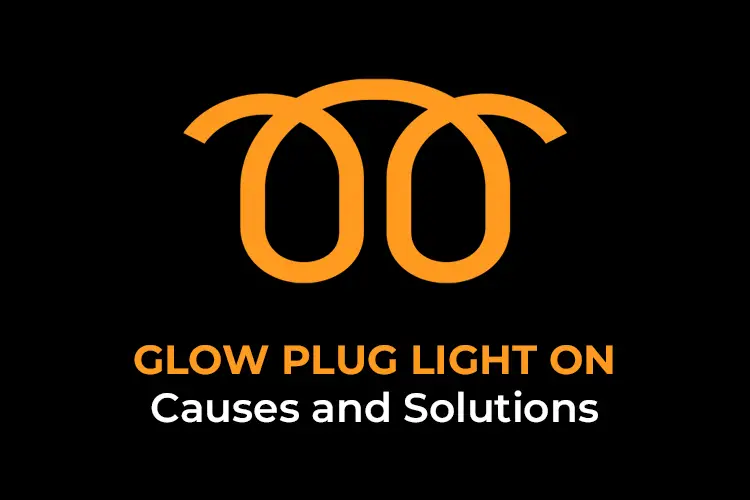
Recommended for you
Drivetrain Malfunction BMW: 6 Causes and How to Fix It
Troubleshooting the “Engine Malfunction Reduced Power” Message on Your BMW or MINI Cooper
Understanding the BMW Coolant Light: What You Need to Know